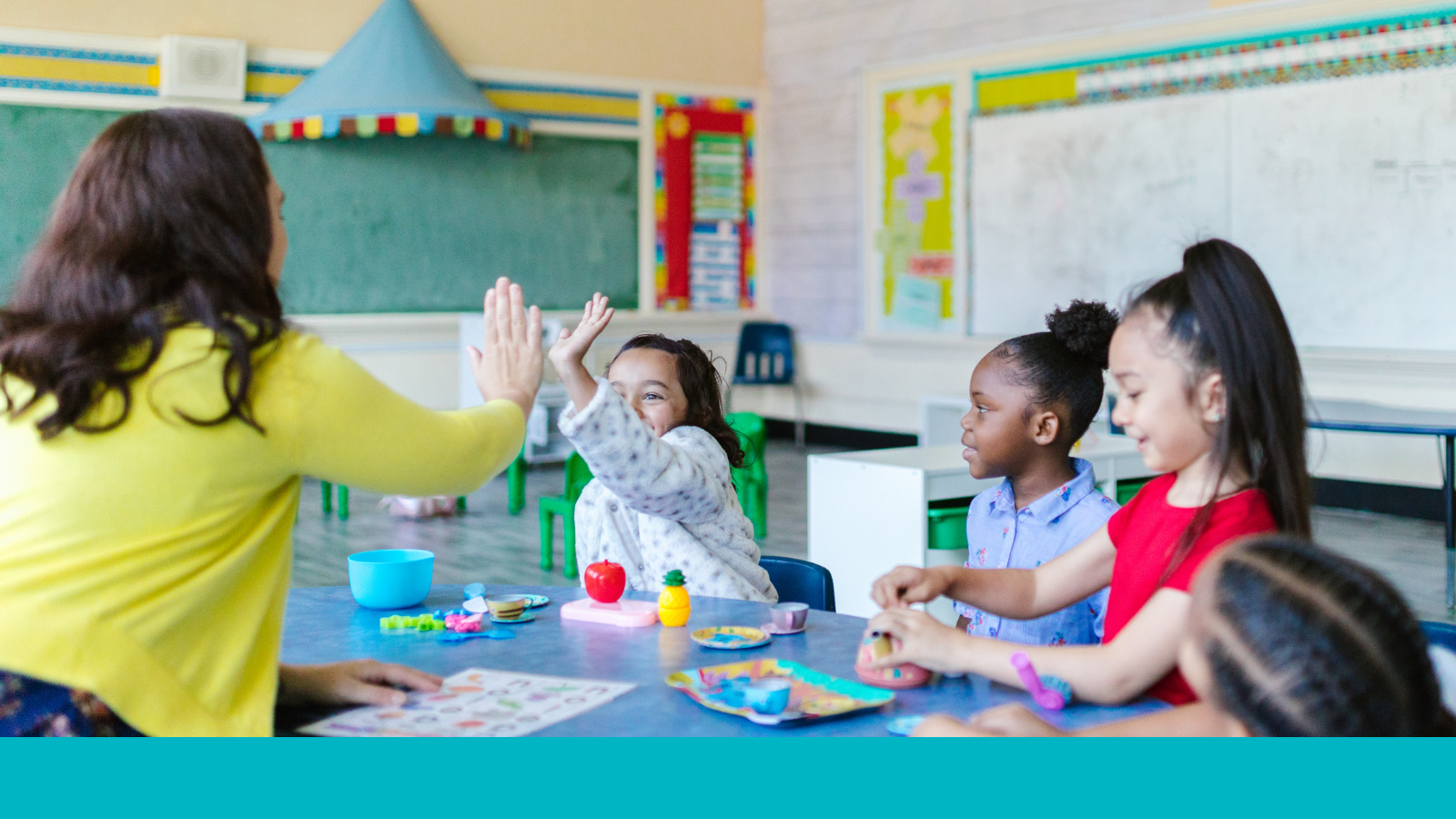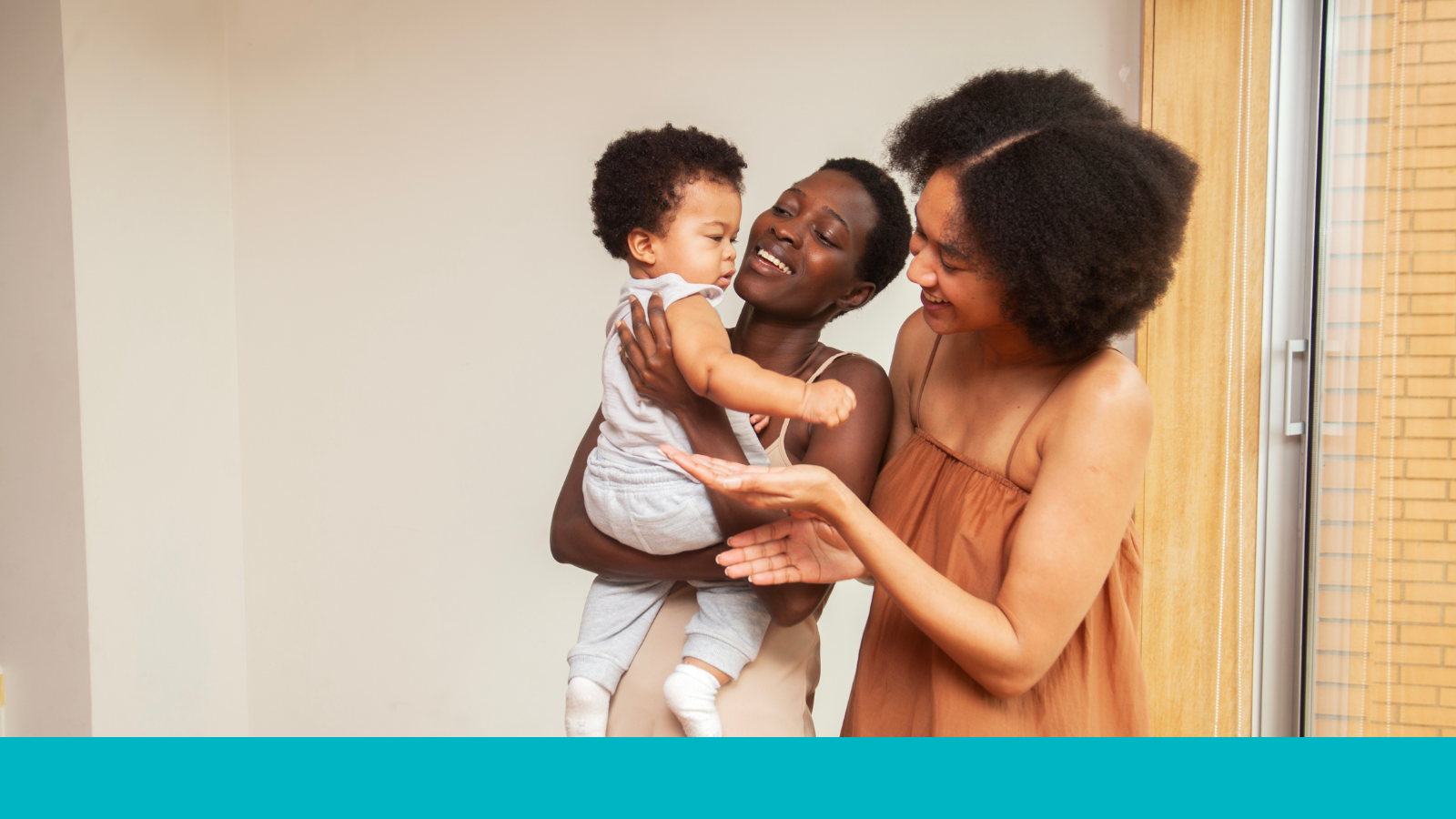Use the messages below to share information about chickenpox and shingles with your communities and communicate how to prevent these diseases in children and adults.
What is chickenpox?
Chickenpox, also known as varicella, is a highly contagious disease caused by a virus. Chickenpox typically results in an itchy rash and small blisters on the skin.
Anyone can get chickenpox, but people who have not had chickenpox before or have not been vaccinated are more likely to get it. Most people will only get chickenpox once in their lives.
How does chickenpox spread and what are the symptoms?
Chickenpox spreads from person to person through the air. A person with chickenpox can spread the virus when they cough, sneeze, or speak, and other people breathe in the virus. Chickenpox can also spread through direct contact with chickenpox blisters.
While some chickenpox infections may include a fever and loss of appetite, the most common symptom is a rash. The rash usually appears 14-16 days after exposure to the virus. A person with chickenpox is contagious from about two days before the rash appears until all the blisters heal.
Chickenpox spreads quickly, especially among children who may not know they have the infection. People with suspected or confirmed chickenpox should avoid contact with people who have not been vaccinated, have not had the chickenpox infection, and/or have vulnerable immune systems.
What is shingles?
Shingles is a painful skin rash caused by the same virus as chickenpox. When chickenpox blisters heal and they no longer have symptoms, the virus becomes inactive but remains in the body. In some cases, the chickenpox virus can reactivate, resulting in shingles. The reactivation of the virus can happen years or decades after the first chickenpox infection. Older adults tend to get shingles, as their immune systems may weaken over time and make them more susceptible to the virus.
What are the symptoms of shingles? Can it spread?
The first symptom of shingles is typically an intense pain on one side or area of the body. A rash typically appears a few days after the pain starts. The rash may be sensitive to the touch, and cause a burning, tingling, or itching sensation. Some people also experience fever, headaches, and fatigue.
Shingles cannot spread from person to person. However, a person who has shingles can pass the virus that causes both chickenpox and shingles to people who have never had chickenpox, resulting in a chickenpox infection. People with shingles are contagious until their body rashes and resulting blisters are healed. People with suspected or confirmed shingles should avoid contact with people who have more vulnerable immune systems, people who have not been vaccinated against chickenpox or shingles, or who have not had chickenpox.
Can people get shingles from the COVID-19 vaccine?
No, the COVID-19 vaccine does not cause shingles. Getting sick with COVID-19 may weaken a person’s immune system and increase their risk of developing shingles and other diseases. COVID-19 vaccination is an effective way to prevent both COVID-19 and vulnerability to shingles.
How can children and adults prevent chickenpox?
Vaccination is the most effective way to avoid contracting chickenpox and limit its spread in communities.
Following the American Academy of Pediatrics (AAP) schedule of recommended vaccines is the most effective way to protect infants, children, and teens against chickenpox. The AAP schedule recommends children ages 12 months and older get vaccinated against chickenpox.
Adults who have no evidence of having received vaccination against chickenpox should also get vaccinated.
What is the difference between the varicella vaccine and the measles, mumps, rubella, and varicella (MMRV) vaccine in preventing chickenpox?
The AAP schedule recommends all children are vaccinated against measles, mumps, rubella, and varicella. There are several options to protect children against all these diseases:
- One dose of the varicella vaccine and one dose of the measles, mumps, and rubella (MMR) vaccine between ages 12 and 15 months, and one dose of the varicella vaccine and one dose of the MMR vaccine between ages 4 and 6 years
- One dose of the varicella vaccine and one dose of the measles, mumps, and rubella (MMR) vaccine between ages 12 and 15 months, followed by one dose of the MMRV vaccine between ages 4 and 6 years
- One dose of the MMRV vaccine between ages 12 and 15 months, followed by one dose of the MMRV vaccine between ages 4 and 6 years
The key difference between MMR and MMRV is that MMRV reduces the number of injections a child receives. Instead of four separate injections, a child may receive two or three separate injections if a caregiver opts for MMRV. This decision should be made in consultation with a healthcare professional.
There is a minimal risk of seizures, also known as febrile seizures, that may occur after receiving the first dose of the MMRV vaccine. With the first dose, there is a slightly higher risk of a seizure after receiving the MMRV vaccine compared to the MMR vaccine. Studies indicate that febrile seizures do not cause subsequent disease or injury.
Is chickenpox vaccination effective?
Since the United States started to include the chickenpox vaccine in the childhood vaccination schedule, chickenpox cases have declined by more than 97%.
How can adults prevent shingles?
Vaccination is the most effective way to avoid contracting shingles as an adult. The vaccine is recommended for people over 50 years old, and can be administered to people who have already had shingles and those who have never had shingles to help prevent future infections.
While the same virus causes chickenpox and shingles, preventing each requires a different vaccine. Children primarily contract chickenpox, which is highly infectious, while older adults typically develop shingles, which is not contagious to people who have already had chickenpox.
Sources
- Chickenpox (World Health Organization)
- Shingles – Symptoms and Treatment (American Academy of Family Physicians)
- Impact of U.S. Chickenpox Vaccination Program | Chickenpox (Varicella) | CDC



